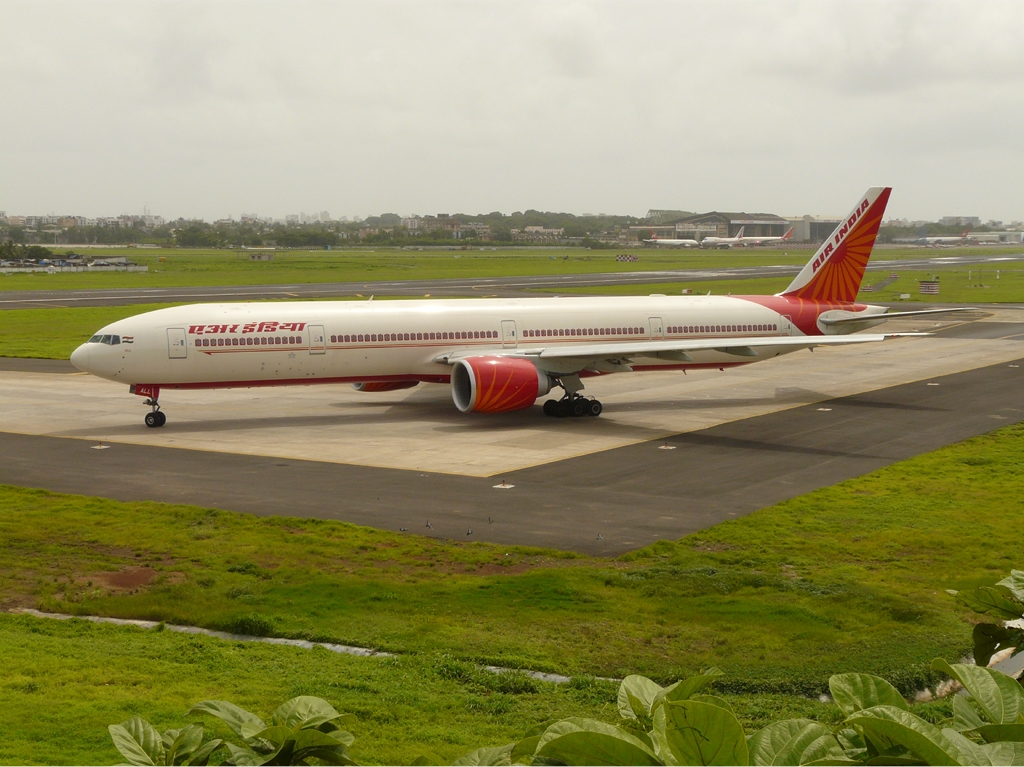Air India Boeing 777
- Air India Boeing 777-200er Seat Map
- Air India Boeing 777-300er Jet Seating
- Air India Boeing 777 200lr
- Air India Boeing 777-200lr
Air India operates Boeing 777-300ER version of the airplane.
This airplane has three-class configuration cabin: first, business and economy and may transport 342 passengers.
Air India Boeing 777-200er Seat Map
Air India Boeing777-300ER Artist: P.Model K.Kiyonaga. Download: Number of Sheets: 16 (1.2MB) Instructions: Number of Sheets: 17 (2.1MB) Content Information Difficulty ★★★★★ Approx. More than 10 hours. Recommended Paper Type. Matte Photo Paper. Air India Boeing 777 (the 200LR and 300ER variants) and Boeing 787-8 form the backbone of the long-haul fleet of the airline. The airline has a few Boeing 747-400 aircraft as well, which are used for sorties of the Prime Minister/ President and Vice President, operating as Air India 1. This Boeing 777-200LR seats 238 passengers in a three-class configuration and is primarily used on long-haul routes. There are 8 flat bed seats in First Class, 35 anlged-flat seats in Business, and 195 standard Economy Class seats.
First class seats are located in the 1st row. There are totally 4 flat bad seats here that have 80 inches pitch and 23 inches width.
Business class offers 35 flat bed seats with 76 inches pitch and 19.95 inches width. These seats are located in two sections and have 2-3-3 configuration, i.e. 5 rows per 7 seats in each.
First section consists of 3 rows. The only disadvantage of the seats of the 10th row is close location of the galleys the noise from which may be bothersome.

Second section of business class seats is located behind the galleys and exit row. Location of the lavatories, galleys and bassinets may cause discomfort to passengers of the seats of the 12th row.
Economy class is divided from business class seats with a bulkhead. Economy class may accommodate 303 passengers. These seats are divided into three sections and have 31-33 inches pitch and 18 inches width.
First section consists of 10 rows of seats: 9 rows have 3-3-3 configuration and one row offers just 3 seats. Due to position of the bulkhead the seats of the 17th row have limited space for passengers’ legs. Passengers traveling with babies are often seated here because these seats offer bassinets.
Proximity of the lavatories is the main disadvantage of the seats 25ABC, 25 HJK and 26DEF.
Second section of economy class seats is located behind exit row. Proximity of the lavatories and position of the bassinets are the disadvantages of the seats 27DEF.

Air India Boeing 777-300er Jet Seating
Thanks to the exit row located in front passengers of the seats 27ABC and 27HJK will take advantage of extra legroom. However location of the lavatories in front may cause discomfort.
Noise from the galleys and lavatories will be bothersome for passengers of the seats 38C, 38H, 39AB, 39D, 39F, 39JK and 40DEF.
Third section of economy class seats is located behind another exit row.
Passengers of the seats of the 41st row will take advantage of extra space for their legs. At the same time noise from the galleys and lavatories located in front may me bothersome.
The seats 42DEF have the following disadvantages: limited legroom, position of the bassinets and location of the galley in front.
Air India Boeing 777 200lr
Due to missing seats in front of the seats 43C and 43H these seats offer additional legroom to passengers. However, other passengers tend to bump into these seats when passing by.
Because of the angling the seats 50A and 50K have extra legroom. These seats are considered the best seats of the economy class.
Air India Boeing 777-200lr
The seats of the last 52nd row are considered bad seats because of limited recline and location of the galleys behind.